How to Grow an Olive Tree - Grow Organic
Por um escritor misterioso
Last updated 21 março 2025
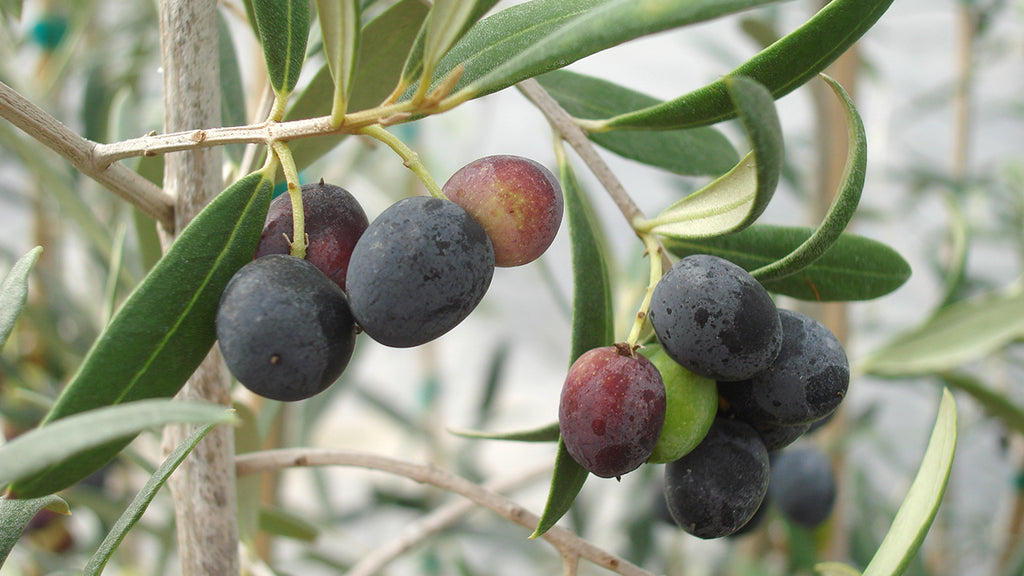
Olive Tre Growing Guide. Olive tree care, how do olives grow, how to grow olives.
Olive trees are self-fruitful, except where noted, but sometimes crops do not occur due to climate or biennial bearing habits. Even if a pollenizer is not required, it will help increase yields. These trees are evergreen, long-lived (500+ years), beautiful as an ornamental tree, and have a soft gray-green foliage. They are slow growing to about 25–30.’ Drought resistant, grow in shallow, alkaline soils with little fertilization. Avoid over-watering and provide good drainage. Thrive in hot, dry summers but adequate in coastal regions. Minimum winter temperatures shouldn’t drop below 22–25°F (green fruit will be damaged at 32°F), but average winter temperatures above 50°F will inhibit fruiting. Planting & Growing Olive trees are a lifetime investment and caring for them properly, right from the start, will ensure years of enjoyment and productivity. The greater the investment in early care, the less maintenance that will be required as the tree matures. When to Plant: Early fall is the best time to plant an olive tree, but early spring is also acceptable as long as frost-free conditions are predicted. A good spacing to follow is 18’ x 14’ if planting in an orchard. This allows enough space for air and light to penetrate. If dry-farming your trees, choose a bigger tree spacing of 24’ x 24’ and plant in early Fall to take advantage of natural rains. Watering: Too much water is the olive tree’s worst enemy. If your soils are too heavy and/or tend to hold excessive water during extended rainy periods, you will have to improve the drainage or even change the site of your grove to allow for extra drainage. Do not plant olives in areas that collect water, seep water after rain or hold soil moisture to the point of becoming boggy. Some soils won’t drain sufficiently no matter what you do. Although olive trees are drought resistant, they will need irrigation when young in order to establish themselves. Olive trees that are irrigated when young will ofter fruit earlier. A rough estimate of water needs for a new tree for the first year is 2½ gallons once a week. When mature, if drought is continued, the tree may survive but at the expense of the crop. Consider supplemental irrigation in times of severe drought. Soil: To prepare the soil amend a 9’ x 9’ area with 2½ to 3 cubic feet of composted manure. Dig in the amendments with a digging fork or broadfork. Dig a hole the same size roughly as the container. Place the tree in the hole at the same depth as it was in the pot. Do not disturb the roots. Add the fill soil back in and water thoroughly. Ongoing Care Weed management for young olive trees is critical. Do not allow weeds to grow within three feet of the tree for the first three or four years of the tree’s life. Mulch is recommended. Use a loose straw mulch and make sure it is kept 4–6” away from the trunk. If you live in a wet climate the mulch will retain too much moisture and other weed control strategies should be used. Fertility Olive trees require little fertilization and can be grown in just about any type of soil as long as it is not water-logged. Usually, compost is sufficient for well-balanced soils. It should be applied in late winter or early spring, on the surface in a broad ring around the plant. A pH of 6-7 is ideal, though olives tolerate 5.5 to 8.5 pH. Add lime (if pH is too low or “acidic”) or soil sulfur (if pH is too high or “basic”). Periodic soil testing will show whether pH and nutrient needs are being met. Pruning & Harvesting Prune very minimally the first four years, limiting pruning to tasks like removing suckers. Once a basic tree shape is developed either as a multi trunk with 3–5 main leaders originating close to the ground or as a vase with the central trunk branching into two or three main leaders at a height of 3–4’ space that support the scaffolding of the tree, the only pruning required is that of removing cross branches and opening the center of the tree to allow light to penetrate. Harvesting is facilitated by limiting the height of the tree to 12’ by making thinning cuts rather than heading cuts. Olives can withstand heavy pruning for ornamental use. Harvest green or black, depending on use. Most fruit ripens in the fall. The Roo Gardening Apron is a handy tool to use to harvest your olives. All olives must be cured before you can eat them. Check out our video How to Cure Olives. Olives can stain concrete pavement.
Olive trees are self-fruitful, except where noted, but sometimes crops do not occur due to climate or biennial bearing habits. Even if a pollenizer is not required, it will help increase yields. These trees are evergreen, long-lived (500+ years), beautiful as an ornamental tree, and have a soft gray-green foliage. They are slow growing to about 25–30.’ Drought resistant, grow in shallow, alkaline soils with little fertilization. Avoid over-watering and provide good drainage. Thrive in hot, dry summers but adequate in coastal regions. Minimum winter temperatures shouldn’t drop below 22–25°F (green fruit will be damaged at 32°F), but average winter temperatures above 50°F will inhibit fruiting. Planting & Growing Olive trees are a lifetime investment and caring for them properly, right from the start, will ensure years of enjoyment and productivity. The greater the investment in early care, the less maintenance that will be required as the tree matures. When to Plant: Early fall is the best time to plant an olive tree, but early spring is also acceptable as long as frost-free conditions are predicted. A good spacing to follow is 18’ x 14’ if planting in an orchard. This allows enough space for air and light to penetrate. If dry-farming your trees, choose a bigger tree spacing of 24’ x 24’ and plant in early Fall to take advantage of natural rains. Watering: Too much water is the olive tree’s worst enemy. If your soils are too heavy and/or tend to hold excessive water during extended rainy periods, you will have to improve the drainage or even change the site of your grove to allow for extra drainage. Do not plant olives in areas that collect water, seep water after rain or hold soil moisture to the point of becoming boggy. Some soils won’t drain sufficiently no matter what you do. Although olive trees are drought resistant, they will need irrigation when young in order to establish themselves. Olive trees that are irrigated when young will ofter fruit earlier. A rough estimate of water needs for a new tree for the first year is 2½ gallons once a week. When mature, if drought is continued, the tree may survive but at the expense of the crop. Consider supplemental irrigation in times of severe drought. Soil: To prepare the soil amend a 9’ x 9’ area with 2½ to 3 cubic feet of composted manure. Dig in the amendments with a digging fork or broadfork. Dig a hole the same size roughly as the container. Place the tree in the hole at the same depth as it was in the pot. Do not disturb the roots. Add the fill soil back in and water thoroughly. Ongoing Care Weed management for young olive trees is critical. Do not allow weeds to grow within three feet of the tree for the first three or four years of the tree’s life. Mulch is recommended. Use a loose straw mulch and make sure it is kept 4–6” away from the trunk. If you live in a wet climate the mulch will retain too much moisture and other weed control strategies should be used. Fertility Olive trees require little fertilization and can be grown in just about any type of soil as long as it is not water-logged. Usually, compost is sufficient for well-balanced soils. It should be applied in late winter or early spring, on the surface in a broad ring around the plant. A pH of 6-7 is ideal, though olives tolerate 5.5 to 8.5 pH. Add lime (if pH is too low or “acidic”) or soil sulfur (if pH is too high or “basic”). Periodic soil testing will show whether pH and nutrient needs are being met. Pruning & Harvesting Prune very minimally the first four years, limiting pruning to tasks like removing suckers. Once a basic tree shape is developed either as a multi trunk with 3–5 main leaders originating close to the ground or as a vase with the central trunk branching into two or three main leaders at a height of 3–4’ space that support the scaffolding of the tree, the only pruning required is that of removing cross branches and opening the center of the tree to allow light to penetrate. Harvesting is facilitated by limiting the height of the tree to 12’ by making thinning cuts rather than heading cuts. Olives can withstand heavy pruning for ornamental use. Harvest green or black, depending on use. Most fruit ripens in the fall. The Roo Gardening Apron is a handy tool to use to harvest your olives. All olives must be cured before you can eat them. Check out our video How to Cure Olives. Olives can stain concrete pavement.
UC Davis Registration
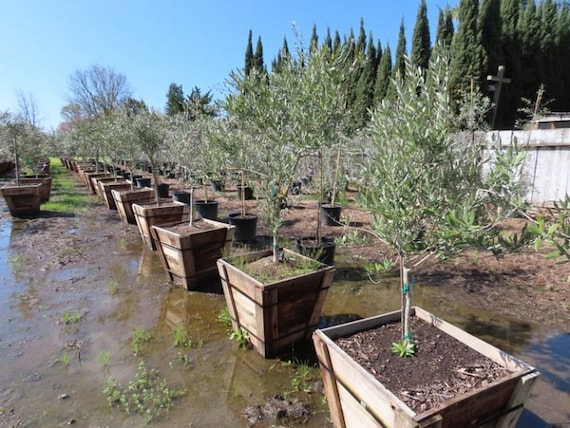
Organic Arbequina Olive Tree 24-36 Inches

Olive Tree: How to Plant, Grow, and Care for Olive Trees

Our Carneros Estate includes a regenerative organic certified olive orchard. The orchard includes ~300 olive trees, many of which are…

Olive trees grow naturally in our hotel's gardens and we produce our own organic Olive Oil! - Picture of Alexander The Great Beach Hotel, Kriopigi - Tripadvisor
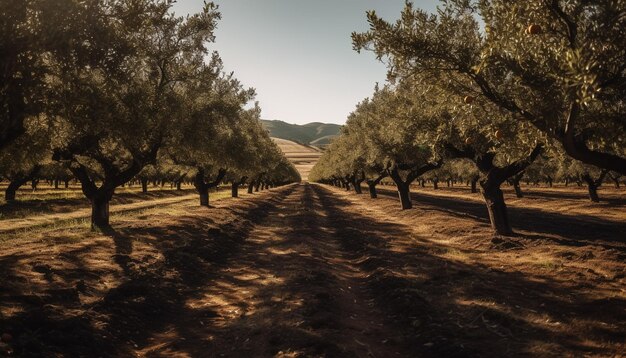
Premium AI Image Tranquil winery meadow organic olive tree growth in Chianti region generated by AI
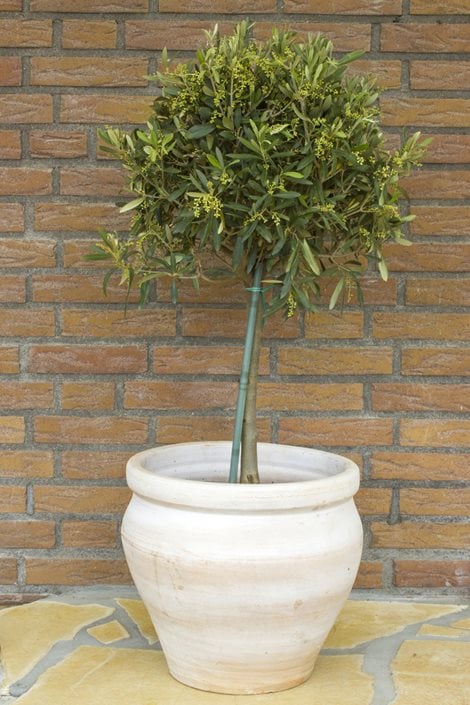
How to Grow & Care for Olive Trees
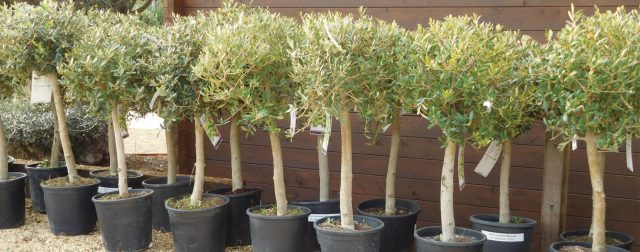
5 Tips on how to Grow an Olive Tree
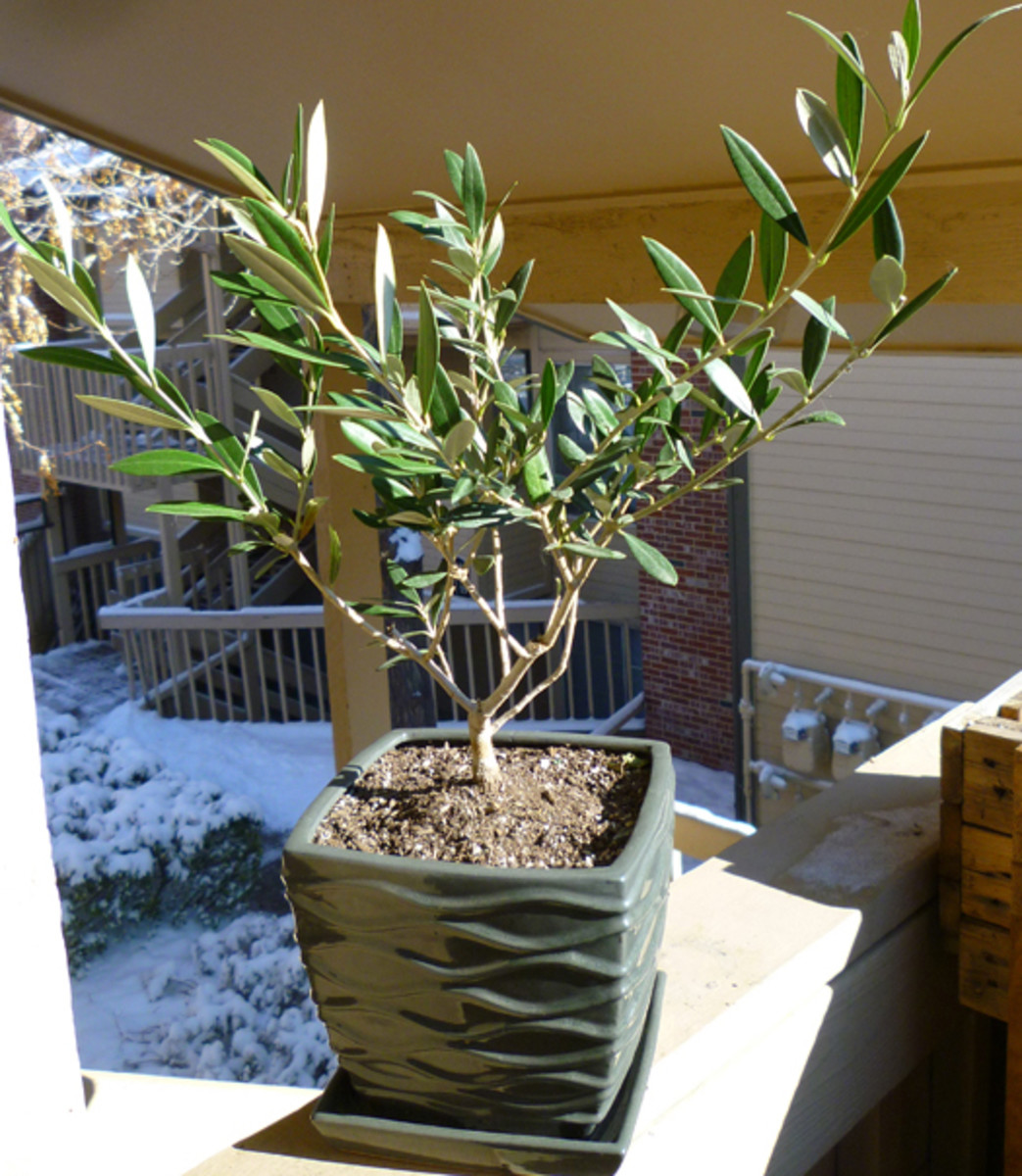
Growing Olive Trees in Pots and Containers - Dengarden
Recomendado para você
-
 Are table olives good for you?21 março 2025
Are table olives good for you?21 março 2025 -
 Top 5 health benefits of olives21 março 2025
Top 5 health benefits of olives21 março 2025 -
 Olive Tree: How to Plant, Grow, and Care for Olive Trees21 março 2025
Olive Tree: How to Plant, Grow, and Care for Olive Trees21 março 2025 -
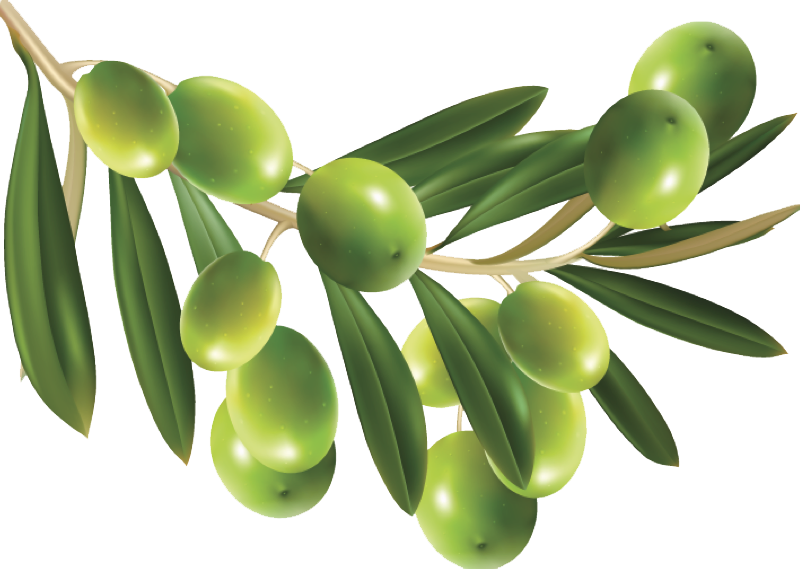 OLIVES - FERVALLE21 março 2025
OLIVES - FERVALLE21 março 2025 -
 Searles Growing and Planting Olives21 março 2025
Searles Growing and Planting Olives21 março 2025 -
 Marinated Olives with Garlic & Rosemary - Well Seasoned Studio21 março 2025
Marinated Olives with Garlic & Rosemary - Well Seasoned Studio21 março 2025 -
 Digging into the past of olive trees.21 março 2025
Digging into the past of olive trees.21 março 2025 -
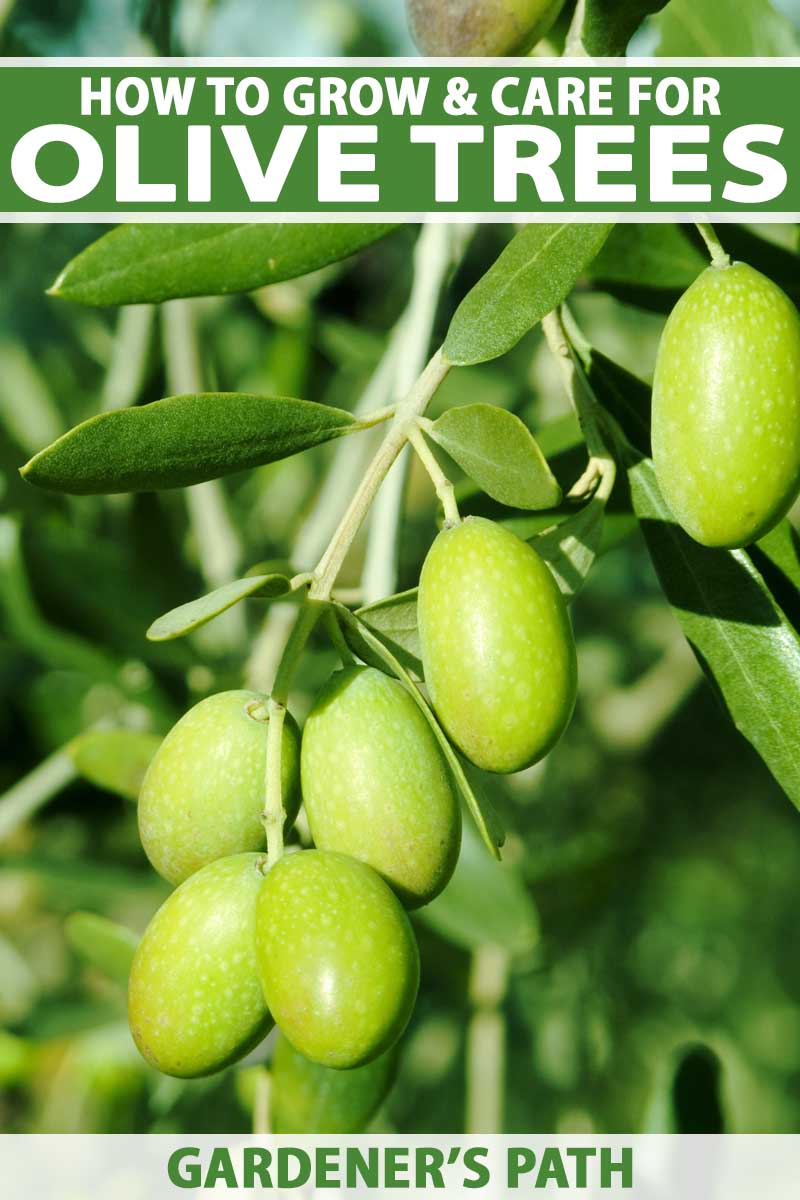 Learn How to Grow Olive Trees in the Home Landscape21 março 2025
Learn How to Grow Olive Trees in the Home Landscape21 março 2025 -
 Are Olives a Vegetable?, Different varieties21 março 2025
Are Olives a Vegetable?, Different varieties21 março 2025 -
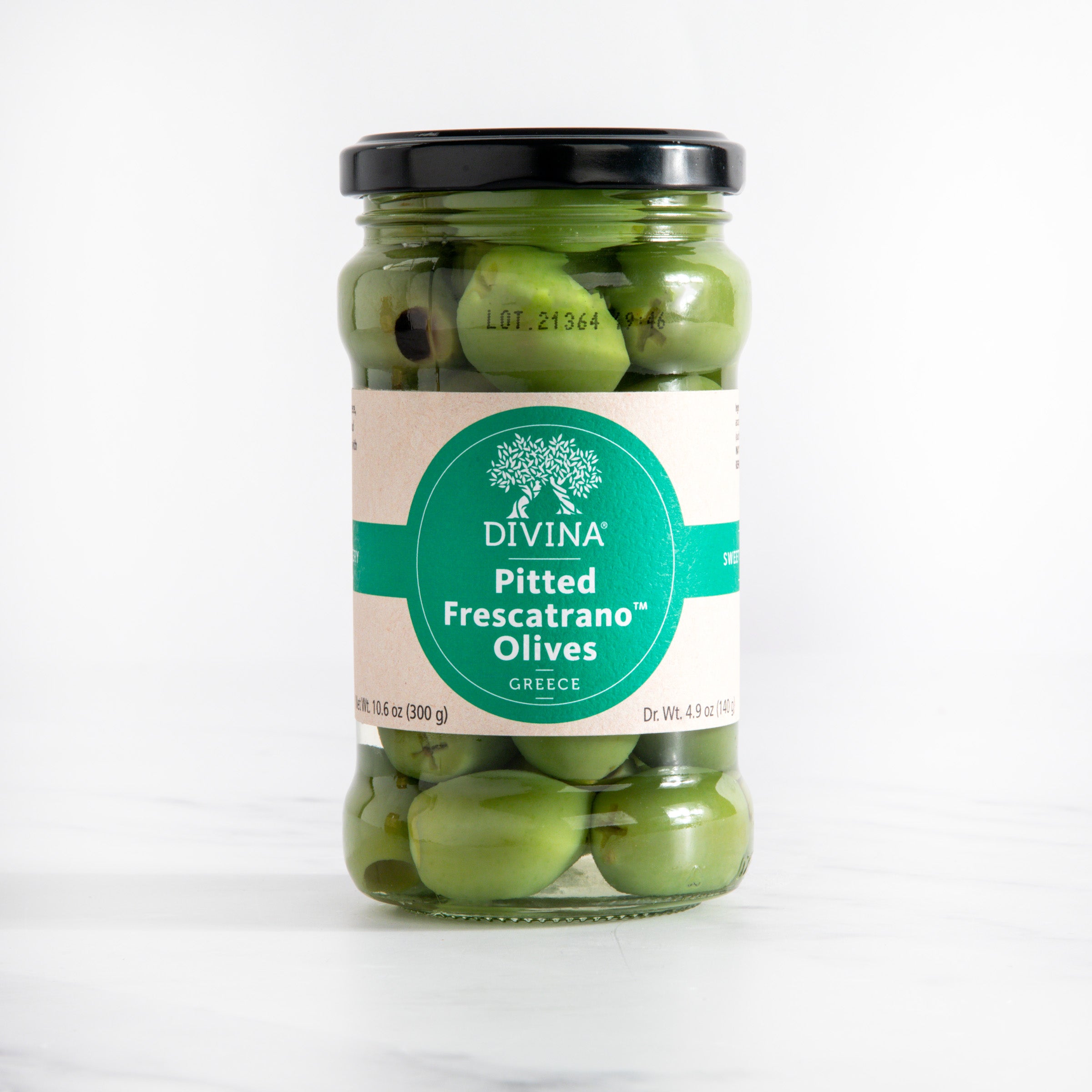 Pitted Frescatrano Olives from Greece/Divina/Olives & Antipasti21 março 2025
Pitted Frescatrano Olives from Greece/Divina/Olives & Antipasti21 março 2025
você pode gostar
-
Yowamushi Pedal Limit Break The Power to Move Forward Together21 março 2025
-
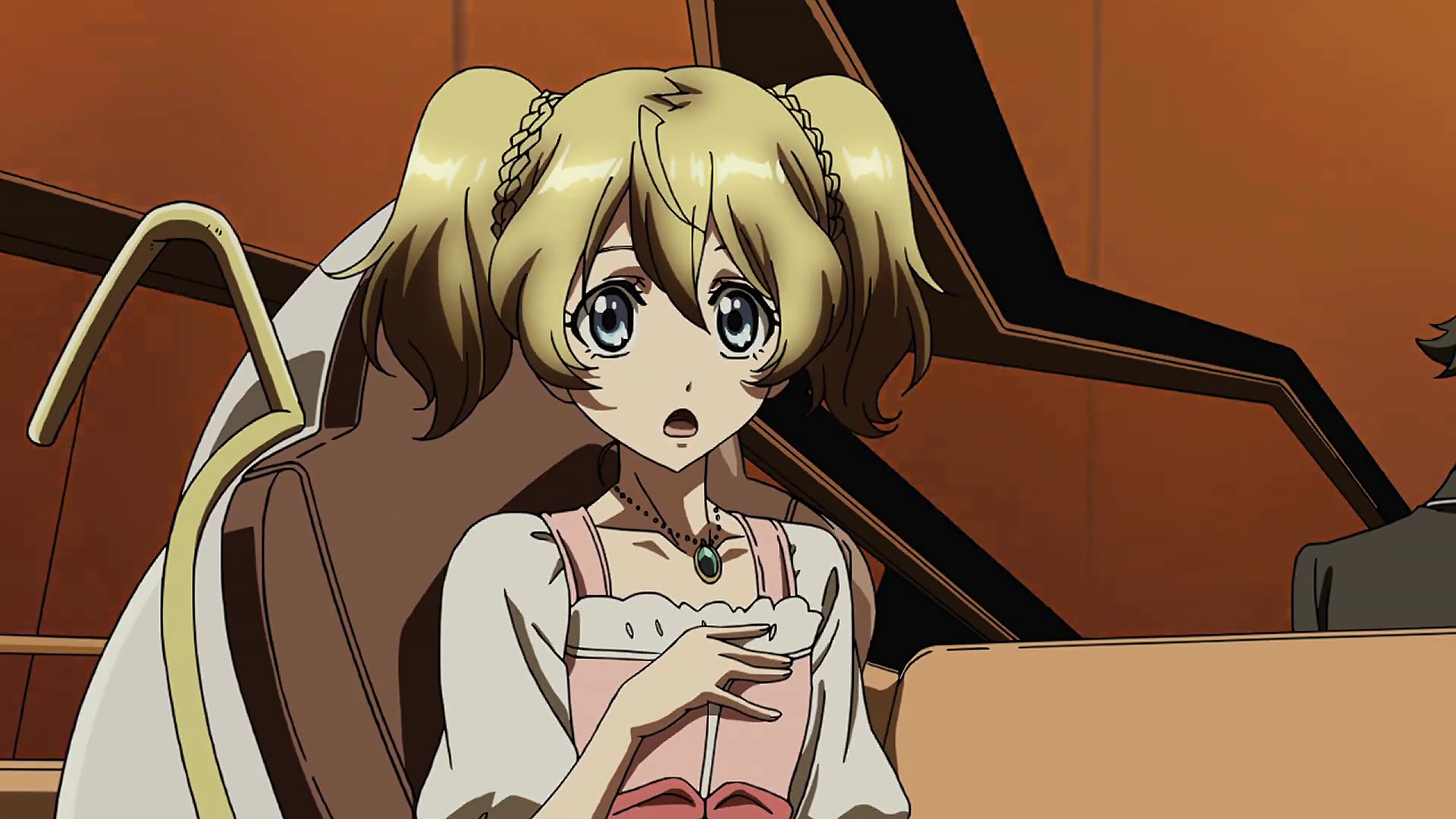 Sylvia Ikaruga Misurugi CROSS ANGE Rondo of Angel and Dragon21 março 2025
Sylvia Ikaruga Misurugi CROSS ANGE Rondo of Angel and Dragon21 março 2025 -
 1962-63 TOPPS Hockey NHL #66 Unmarked Checklist 1-66 Graded KSA21 março 2025
1962-63 TOPPS Hockey NHL #66 Unmarked Checklist 1-66 Graded KSA21 março 2025 -
 I am a Social Justice Warrior, and proudly so. - Developer Tech News21 março 2025
I am a Social Justice Warrior, and proudly so. - Developer Tech News21 março 2025 -
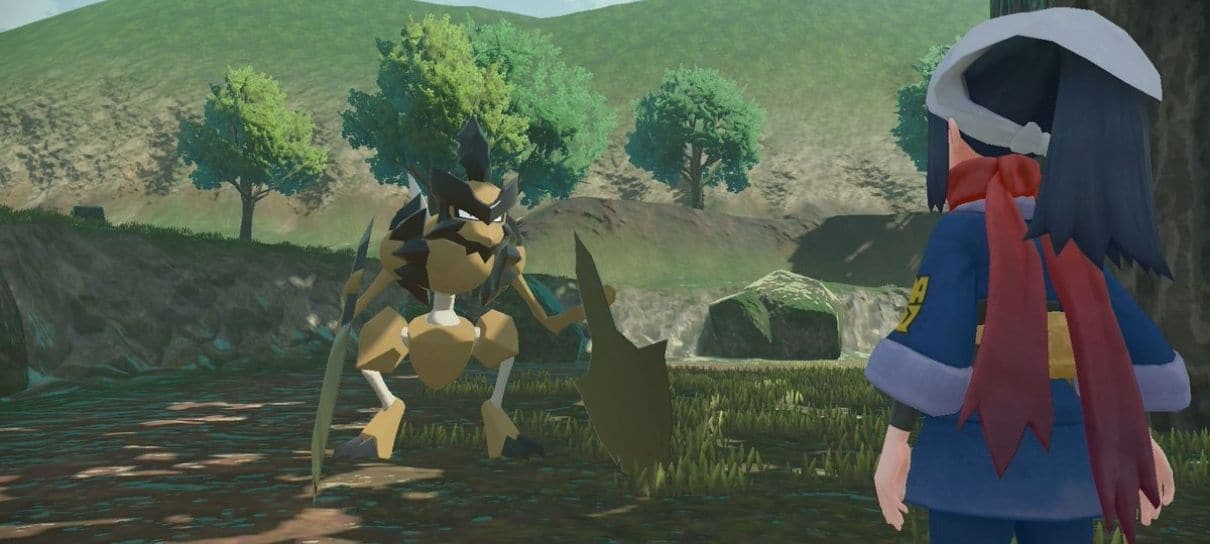 Pokémon Legends: Arceus é surpreendentemente difícil, diz21 março 2025
Pokémon Legends: Arceus é surpreendentemente difícil, diz21 março 2025 -
 T3ddy memes Fotos com frases engraçadas, Frases engraçadas para rir, Rimas21 março 2025
T3ddy memes Fotos com frases engraçadas, Frases engraçadas para rir, Rimas21 março 2025 -
 Winnie Lee, Wiki The Thundermans21 março 2025
Winnie Lee, Wiki The Thundermans21 março 2025 -
 Download Game ZombsRoyale.io MOD APK (Unlimited Money, Unlocked) V3.7.3 - LavMod21 março 2025
Download Game ZombsRoyale.io MOD APK (Unlimited Money, Unlocked) V3.7.3 - LavMod21 março 2025 -
 Cute Anime Girl - Gacha Edit Sticker for Sale by BambooBanana21 março 2025
Cute Anime Girl - Gacha Edit Sticker for Sale by BambooBanana21 março 2025 -
 Everything You Need To Know About Soul Hackers 221 março 2025
Everything You Need To Know About Soul Hackers 221 março 2025